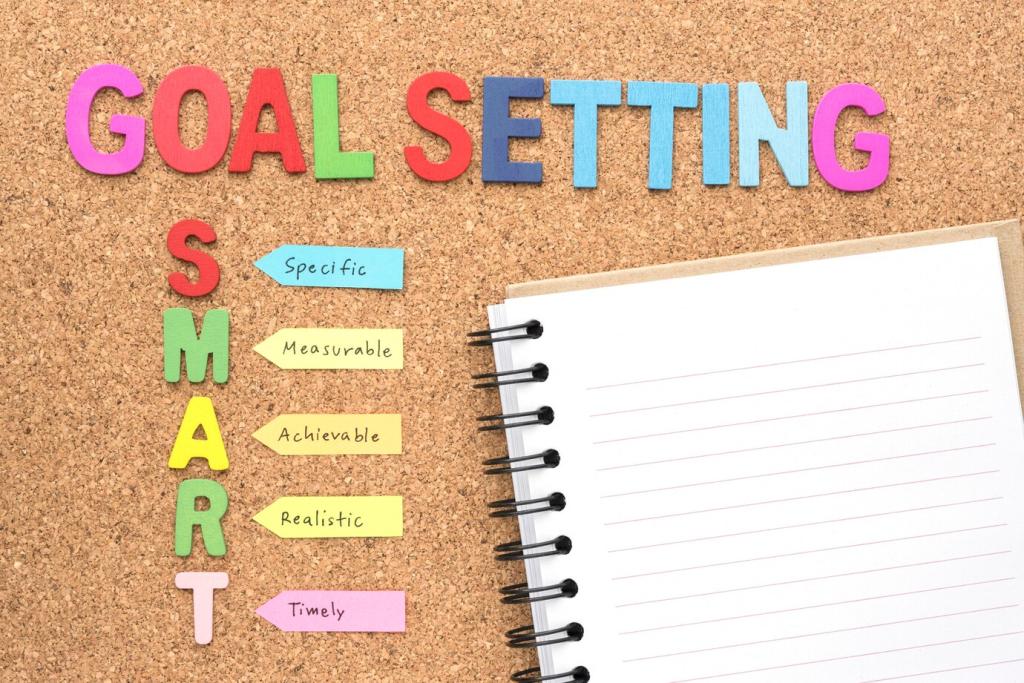Emotional Intelligence for Workplace Success: Build Skills That Multiply Results
Chosen theme: Emotional Intelligence Development for Workplace Success. Step into a practical, human-centered space where stories, tools, and micro-practices help you turn emotions into clarity, conversations into collaboration, and everyday work into meaningful progress. Subscribe and share your experiences to grow with us.

Foundations: What Emotional Intelligence Really Means at Work
Self-awareness you can feel at 9:05 AM
A product lead once noticed his impatience rising in a tense stand-up. He paused, breathed, and asked one more curious question. Hidden ambiguity surfaced, saving a sprint. Today, notice your first emotion at 9:05 AM and share what it signaled.
Treat emotions as data, not directives
Labeling feelings creates space between impulse and action. Try this: name what you feel, note where it shows up in your body, then decide your next step. Comment with your top three workplace emotions this week and how you interpreted them.
Micro-journaling in three lines
Before logging off, write three lines: what energized me, what drained me, and what I’ll try tomorrow. This small ritual builds pattern recognition quickly. Want a printable template and weekly prompts? Subscribe and we’ll send them straight to your inbox.

Empathic Communication That Lands
Use a simple loop: reflect back what you heard, validate the concern, and propose a next step. Two minutes of focused listening can prevent days of confusion. Try it in your next one-on-one and report what changed in the conversation’s tone.
The physiological sigh in sixty seconds
Take two short inhales through the nose, then one long exhale through the mouth. Repeat three times to lower intensity. Use it discreetly before presenting or responding to tough questions. Did it steady your voice or thinking? Share your quick impressions.
Map your energy, manage your day
Sketch a simple graph of your energy across the day. Place demanding work at peaks and collaborative tasks at moderate times. Notice patterns for a week and adjust. Post your biggest scheduling insight so others can also optimize their rhythm.
Pre-mortem calm for high-stakes moments
Imagine a project failing, list likely causes, and install safeguards before stress hits. Naming risks reduces anxiety by introducing agency. Run a fifteen-minute pre-mortem with your team and share one safeguard that immediately improved confidence and cooperation.
Feedback and Conflict with Less Friction
Use Situation-Behavior-Impact: “In yesterday’s client call (situation), you interrupted twice (behavior), which made it hard to follow the plan (impact).” End with a question to co-create solutions. Draft one SBI note now and share your closing question for feedback.

Leading with Emotional Intelligence
Open meetings with a quick check-in: one word for your current state and one priority. Model candor and curiosity. Small rituals shape culture faster than memos. Try it for two weeks and share the most surprising benefit your team noticed.
Leading with Emotional Intelligence
Use coaching prompts like, “What outcome matters most here?” and “What’s your first small experiment?” People commit to what they help create. Collect your three favorite coaching questions and post them to inspire others to adopt a coaching stance.


Culture: Make EQ a Team Habit
End Fridays with a three-minute gratitude round: one person, one moment, one lesson. Capture highlights in a shared document. Gratitude widens perspective during tough sprints. Try it this week and comment on the most unexpected gratitude that emerged.


Culture: Make EQ a Team Habit
Rotate facilitation, time-box topics, and use silent brainstorming to surface quieter insights. Close with a quick confidence vote on decisions. Track whether participation evens out over a month and share the most helpful adjustment your team discovered.
